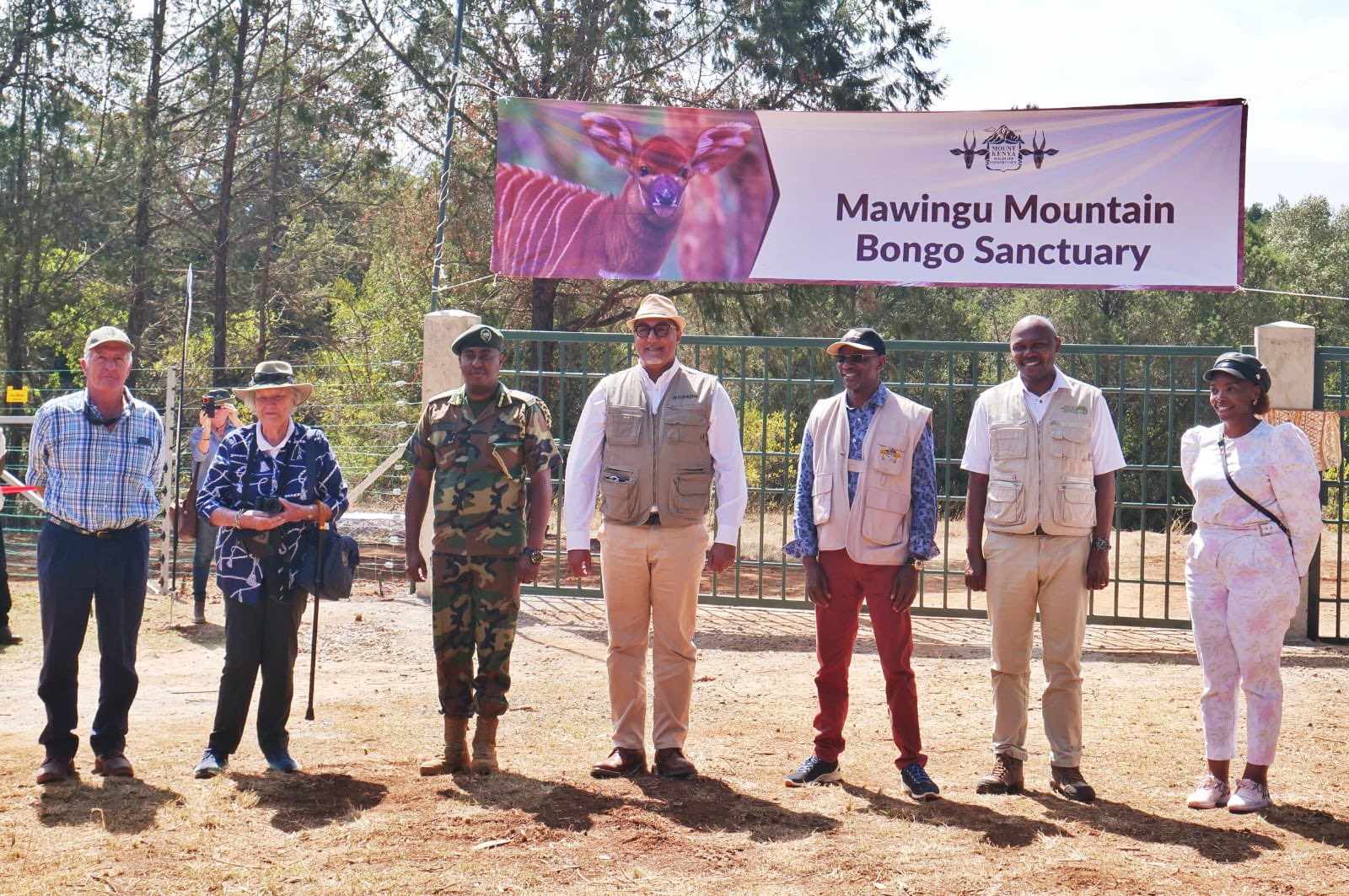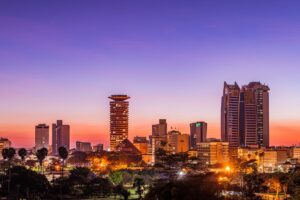BY HUMPHREY KARIUKI
When I was growing up I fondly remember my home being surrounded by Kenya’s magnificent mountain bongos.
They helped to inspire my lifelong passion for conservation, instilling me with the ideal that Africa’s natural beauty is a unique and proud legacy handed down by the generations who have come before us – a heritage that we all have an obligation and necessity to protect.
This inspiration has meant that throughout my career and through my businesses I have sought to give back to the communities and environments that have supported me by investing in key conservation efforts.
And it was why when I discovered the dire plight of the mountain bongo in recent years, now one of the most critically engendered animals in the world, with less than 100 left in the wild, I had to act.
It was one of the principle reasons I acquired the Mount Kenya Wildlife Conservancy and Animal Orphanage in 2013.
Home to 28 species, including the bongo, and roughly 1,200 animals the sanctuary focuses on rescuing abused and orphaned animals, rehabilitating critically endangered populations and educating our youth on the importance of conservation.
Together we have set out on a vital mission to save the mountain bongo.
Having once roamed in large numbers, the bongo has suffered unprecedented population decline since the 1950s due to poaching, live trade, predation, and disease, particularly the rinderpest outbreak in the 1980s.
Today there are less than 100 left in the wild and this figure is expected to decline further without urgent action.
This tragic decline is why, alongside the Kenyan Ministry of Tourism and with the support of the Kenya Ministry of Forestry and the Environment, I began construction of the Mawingu Mountain Bongo Sanctuary in 2020.
Our aim is to re-establish a viable and sustainable population of mountain bongos, which can only be found here in Kenya.
And I am proud to say that with the opening of the sanctuary on 9 March 2022 and the rewilding of the first five bongos we are on track to do just that.
Rewilding is the ultimate act of conservation and this milestone is a great day for the people of Kenya as we begin to bring one of our most iconic species back from the brink of extinction.
With the sanctuary now operational, the Mt Kenya Wildlife Conservancy alongside the Kenya Wildlife Service and the Kenya Forest Service, will now have facilities to complete mountain bongo reintroduction end-to-end.
Breeding and rewilding of the mountain bongo will continue to be done concurrently, thus creating a stream of candidates to support reinforcement of wild mountain bongo populations and reintroduction into the historical ranges.
Every subsequent year, an additional 10 mountain bongos will be translocated into the sanctuary in groups of five every six months.
And it is estimated that by 2025, the sanctuary will have 50-70 fully rewilded mountain bongos.
The mountain bongos born in the programme, which are successfully rewilded, will be provided to KWS for translocation to reinforce the wild populations and reintroduce them in their former ranges.
I am immensely proud to have led this project, which is transforming the destiny of one of Africa’s most beautiful and endangered animals.
And I must thank all the staff and volunteers at the conservancy and sanctuary, Hon Najib Balala, Cabinet Secretary for Tourism and Wildlife, Hon Keriako Tobiko, Cabinet Secretary for Forestry and the Environment, the Kenya Wildlife Service, and the Kenya Forest Service.
This project would not have been possible without the combined efforts of all involved and I call upon all partners to join hands with us, to support us with resources to ensure that the mountain bongo is given a chance to roam freely in the forests of Kenya which were once its home.
Because projects like this are vital not only to the animals they save but also to the communities that support them, especially those surrounding Kenya’s critical water towers.
Only by protecting some of the world’s most revered ecosystems and wildlife can we provide a long-term legacy for future generations of Africans – one which is capable of both enriching people’s lives and spurring sustainable development.
Learn more via: Reuters, The East African, The Star, The Daily Mail, Citizen, Capital Business



